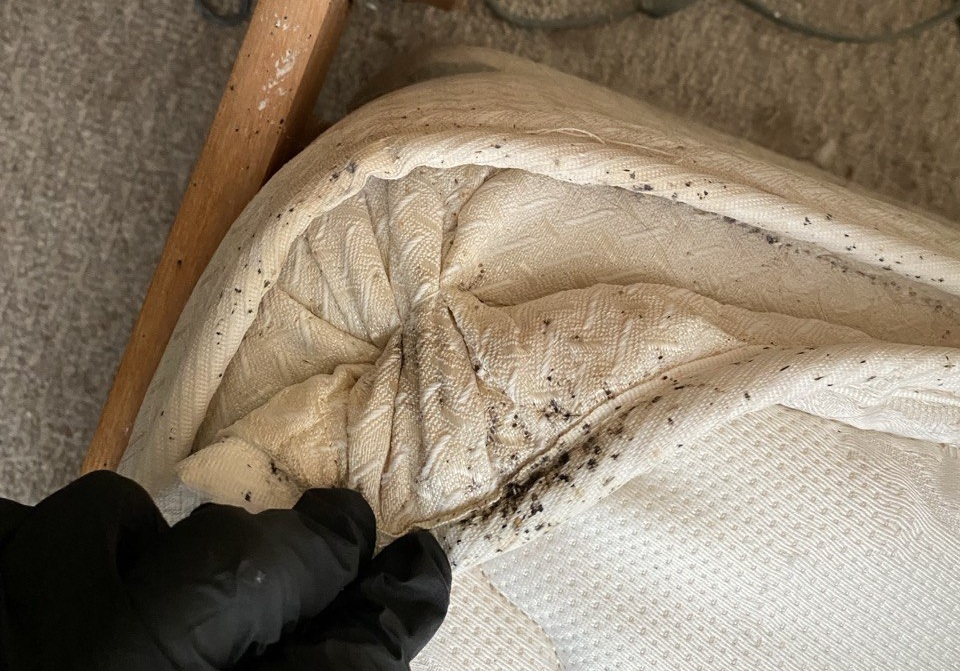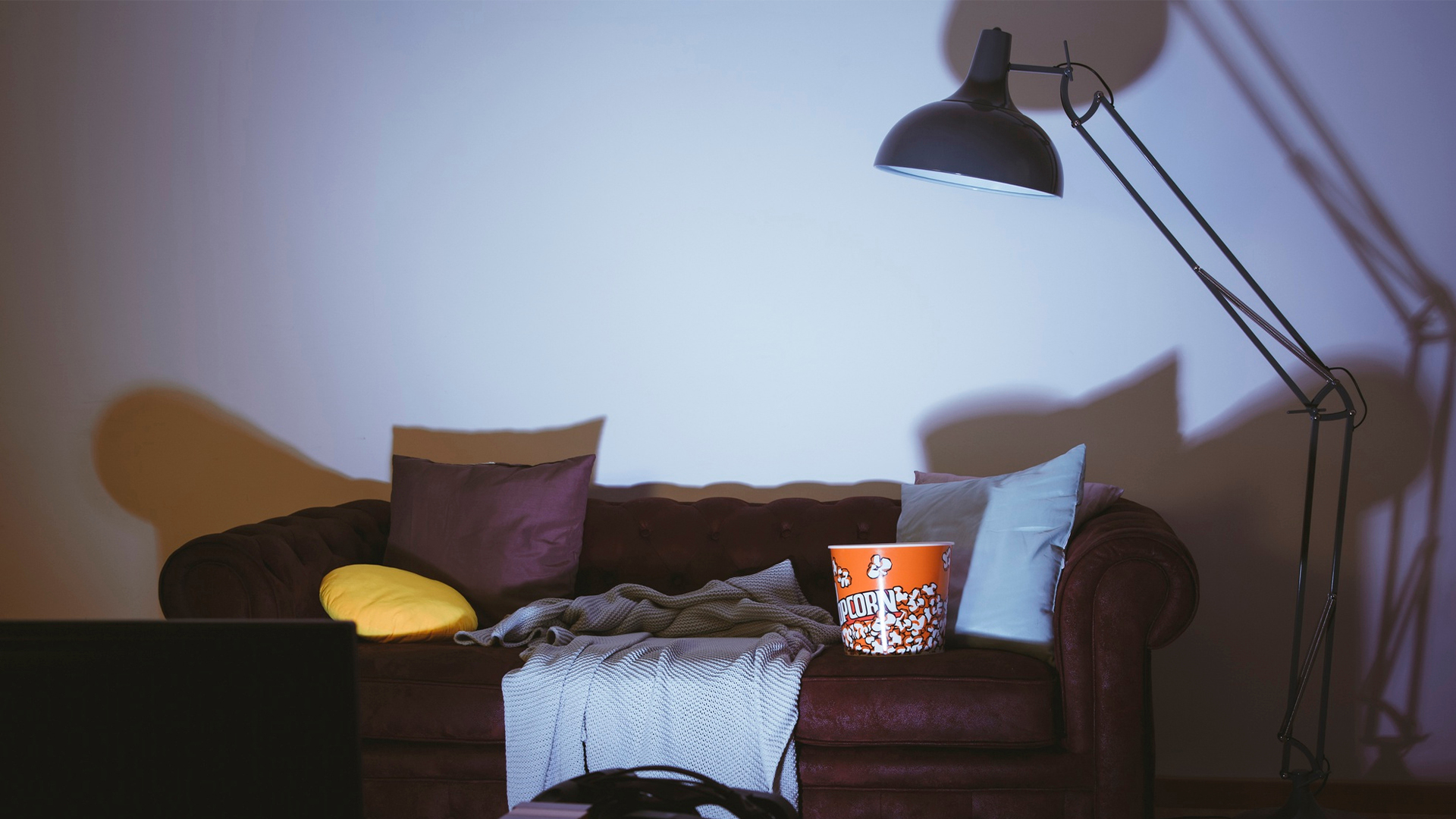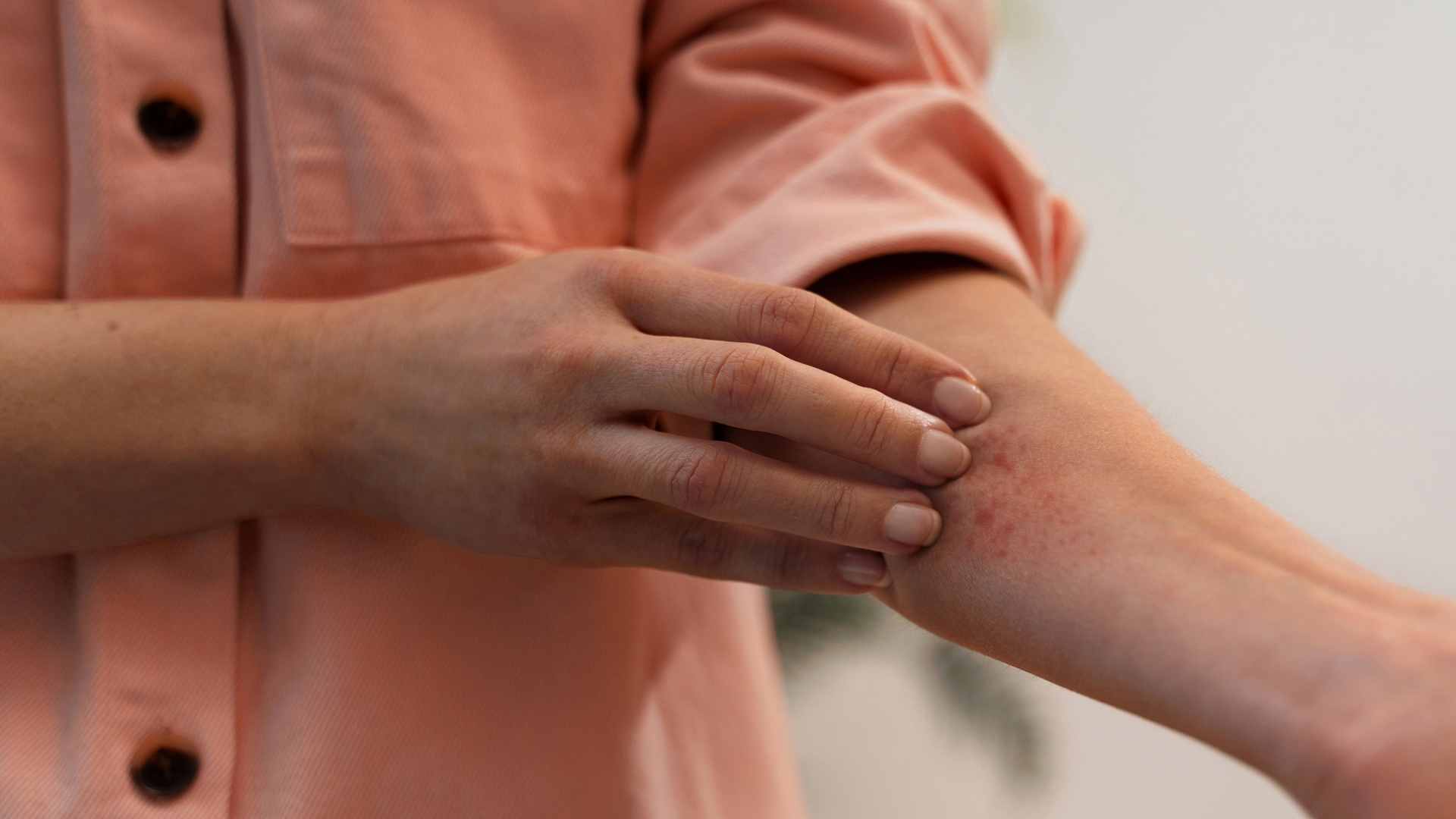How to Spot Early Signs of Bed Bugs Before It’s Too Late

How to Spot Early Signs of Bed Bugs Before It’s Too Late
Let’s be honest, nobody wants to think about bed bugs. But catching them early is the difference between a quick fix and a wallet-draining headache. You don’t need academic knowledge to spot the early signs of bed bugs. All you need to know is to be aware of where to look first.
This guide shows you the subtle clues most people miss, how you can check your bed and furniture in minutes, and what to do if you find something suspicious. As a result, you can sleep with more ease of mind.
Why Early Detection Matters the Most
Bed bugs spread quietly. One pregnant female can start a new population, and they don’t need much space—just a thin crack near where you sleep or sit would be enough. Miss the signs, and they can move through bed frames, couches, and even your luggage.
This means more time wasted, more bugs spread, and more cost imposed.
What a Bed Bug Actually Looks Like
Adults are small, about the size of an apple seed. Flat, oval, and brown if they haven’t fed; redder and rounder after a meal.
Nymphs (babies) are tiny, translucent to pale yellow, and hard to see unless they’ve been fed.
Eggs are white, pin-head size, and sticky when freshly laid.
If you can’t tell what you’re looking at, a clear phone photo against a white background helps.
The Fast Checklist: Early Signs of Bed Bugs
- Tiny black dots (pepper-like fecal spots) on sheets, pillowcases, mattress seams, or bed frame joints
- Small blood smears on sheets from a night bite that got squished
- Shed “skins” (papery, tan, see-through shells) near seams, tags, or cracks
- Pale white eggs or eggshells tucked in fabric folds or screw holes
- Live bugs: nymphs look like sesame seeds; adults like apple seeds
- Itchy lines or clusters of bites, often on arms, legs, neck, or back (but bites alone aren’t proof)
- A faint, slightly sweet, musty odor in heavy infestations
- Interceptors (if you use them) catching nymphs or adults under the bed or sofa legs

Where to Look First When You Are Suspicious
You’ll find the earliest signs where bed bugs hide between feeds: tight seams, dark gaps, and spots close to your body at night.
- Mattress seams and piping, especially near the head of the bed, plus labels and handles
- Box spring edges, plastic corner guards, and the dust-cover underside (that black fabric)
- Bed frame joints, screw holes, slats, and any crack wide enough for a credit card
- Nightstands: underside, drawer runners, screw holes, and back panels
- Sofas and recliners: under cushions, along seams, inside the fold-out bed, and under dust covers
- Baseboards, carpet edges, curtain pleats, and the first foot of wall above the bed
How to Do a 10-Minute Bed Bug Check
Grab a bright flashlight (your phone works), a credit card, and a lint roller. Strip the bed.
Start with the fitted sheet and look for pepper-like dots and tiny blood smears. Check the mattress seams slowly. Run the credit card edge along piping; it helps push out debris, skins, or even a nymph. Lift the mattress and look at the box spring edges and those plastic corners of the bed. Tip the headboard forward and scan the back. Peek at nearby outlets and cracks—don’t open them, just look around the edges.
On sofas, remove cushions and check the zipper areas and the folds where the seat and back meet. Keep the flashlight low and raking across surfaces. Slanted light makes tiny eggs and skins pop.

What Those Black Dots Really Are
Those pepper-like dots? They’re digested blood (fecal spots). They don’t sit on top like crumbs. If you dab a damp cotton swab on one, it’ll smear dark brown.
You’ll often find them along seams, under mattress tags, or in tidy clusters near a hiding spot. These spots are one of the earliest hard clues.
Bites: Are They Final Proof?
“Do bed bug bites always show up in lines of three?” Not always. Lines and clusters are common because a bug may probe several times. But bite patterns vary by person and skin sensitivity.
Mosquitoes, fleas, and even skin irritation can look similar. If bites are your only clue, don’t panic. Look for physical evidence: spots, skins, eggs, or actual bugs. That’s what confirms it.

The Smell People Mention
Some people notice a faint, sweet, musty scent in heavy infestations. Early on, it’s usually not strong enough to be useful. Treat smell as a bonus clue, not a primary one.
Low-Cost Tools That Really Work
- Interceptors (little trays under bed or sofa legs) can catch wandering bugs and give you early warning
- Double-sided tape is less reliable, but a lint roller can collect suspicious specks for a closer look
- White or light-colored sheets make spots easier to see
- A bright flashlight and a credit card edge beat most fancy gadgets for day-to-day checks
What Counts as “Early”?
If you’re seeing a few spots, a skin or two, and maybe one live nymph or adult, but not heavy staining or dozens of bugs, you’re likely early. That’s your sweet spot to act.
Don’t wait for “one more night” to be sure. Bed bugs reproduce fast, and every week counts.

How to Confirm What You Found
Use your phone for a clear close-up photo against a white background. Compare it to reliable ID images from a trusted source, or show a licensed pro.
If you catch a specimen, place it in a sealed bag or small jar with a bit of clear tape so it doesn’t escape. Label the location and date. The more precise you are, the faster the fix.
If You Think You Have Bed Bugs: Do This Next
- Contain: Keep bedding and soft items in sealed bags until you can wash and dry them on high heat.
- Reduce hiding spots: Tighten screws on bed frames, caulk obvious cracks, and clear clutter near the bed.
- Monitor: Add interceptors under bed and sofa legs and check them daily for a week.
- Heat and clean: Dry all washable textiles on high heat for at least 30 minutes, then wash and dry again if you want extra assurance. Vacuum seams and crevices slowly; empty the vacuum outside.
- Don’t spread them: Avoid moving items from room to room. Keep laundry and bags isolated.
- Get proof: Save any skins, eggs, or bugs you find. Take sharp photos.
- Decide on treatment: Small, early problems may respond to targeted, professional heat or insecticide treatments. Larger issues need a full plan.
DIY vs. Pro: What’s the Difference?
You can and should do early inspection, laundering, containment, and monitoring yourself. Use the heat from your dryer and vacuum seams carefully.
When it comes to applying insecticides or treating multiple rooms, a licensed professional is faster, safer, and more thorough. Pros know how to chase bugs into the cracks you can’t reach and how to follow up so eggs don’t restart the problem.

Early warning signs are tiny and easy to overlook—pepper-like specks, little shed skins, or a few eggs tucked into a seam. Catch them early and act fast. Believe me, you’ll save yourself time, money, and stress.
Not sure what you found or want a pro to double-check? Reach out for a quick consult. Inside our expert team, we’ll review your evidence, check common hot spots you might’ve neglected, and give you a step-by-step plan to keep your home bed bug–free.

